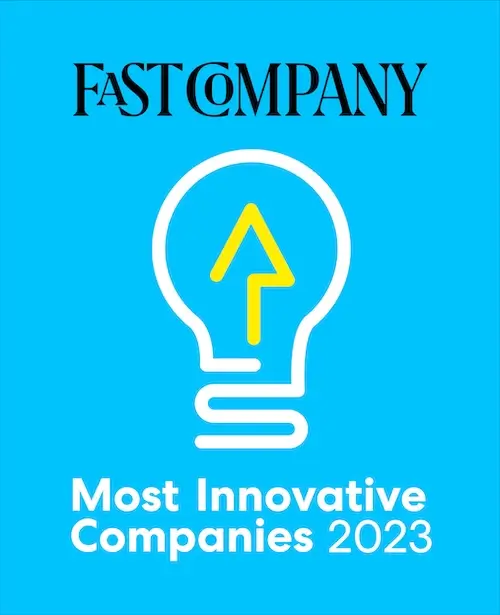Ever since the dawn of the digital era, lawyers have fallen a little behind. Many remain content with traditional legal practices – reluctant to adopt the latest legal technology and start their own digital transformation journey. In a previous blog post, we discussed this digital transformation in the legal industry. But lawyers, in general, should become more strategic in their roles, managing legal risk by keeping up with technological changes whenever they occur.
DEALING WITH LEGAL RISK MANAGEMENT
Let’s face it, lawyers have a “linear” way of working, and not much has changed in legal terms of structure and process.
But what happens when there is a global pandemic, for instance, and lawyers are no longer able to meet with clients, attend court, and sign the paperwork? Here is where risk management comes into play. It is one area in which legal professionals can become a little more forward-thinking and strategic. Lawyers and law firms storing contracts and documents outside of a system exposes more risk.
IDENTIFYING THE SOURCES OF LEGAL RISK
- Contracts
- Regulations/Changes
- Failure to adopt legal technology
CONTRACTS
The main issue for lawyers is dealing with countless contracts associated with a number of companies. Without a reliable system and process in place, paper contracts and associated documents can easily be misread or misplaced, which exposes more risk and leads to revenue loss.
So appropriately managing risks means using the right legal tech, such as a contract lifecycle management (CLM) system, that prevents these kinds of issues in the first place. What’s more, with all contracts in one repository, they are accessible to an entire legal team and everyone else in a company.
REGULATIONS
When changes occur in the legal world, lawyers must change their own way of working to adapt to them. Examples of these are the General Data Protection Regulation (GDPR ) and London Interbank Offered Rate (LIBOR). Because of these new regulations, in particular, legal professionals have to review existing contracts, ensuring that they reflect GDPR and LIBOR and that overall practices are not affected.
Mitigating risk this way amidst new regulations is crucial, and this can be accomplished with better data governance, business process compliance, and technology adoption.
FAILING TO ADOPT LEGAL TECH
The legal industry can benefit from legal technology to mitigate risk from manual contract review. The legal industry has technology at its fingertips but is slow to adopt and use it for its own benefit.
CLM systems and other legal tech only make legal work more efficient and effective. And many law firms and legal teams that have adopted it have a competitive advantage over those who do not.
Still, many lawyers continue to work manually, using paper forms and Excel. And they are just asking for security issues in addition to increased risk and a loss of revenue.
MAKE A CHANGE TODAY
The bottom line is that legal professionals need to understand the risks associated with contracts. And, know what to do to avoid them. Check out our ‘Contract Risk and Compliance‘ Datasheet to help you get started. Mitigate contractual risk by using a CLM system like ContractPodAi. To learn more about our contract management solution, talk to a contract management expert today.
Author:

Manpreet Dhillon
Connect with us on Linkedin











